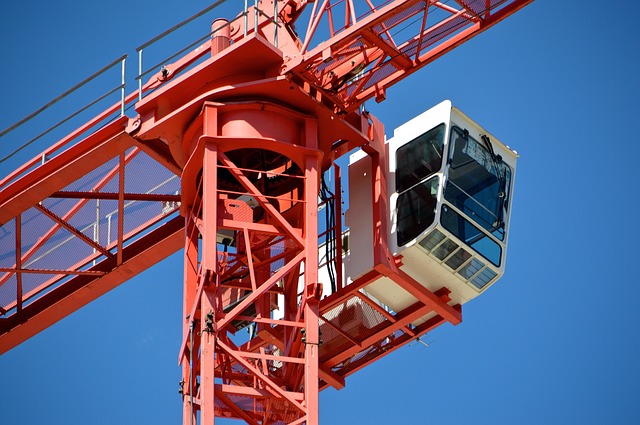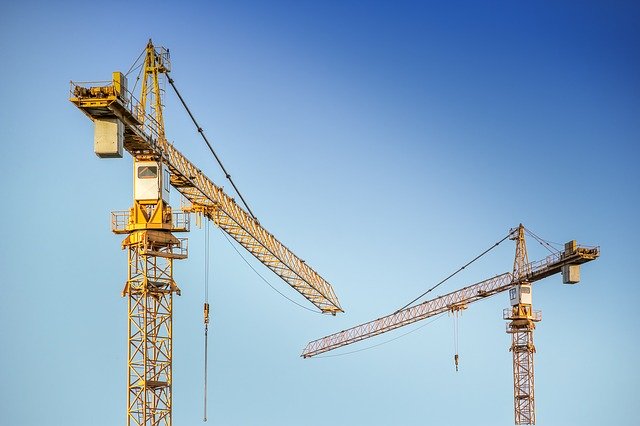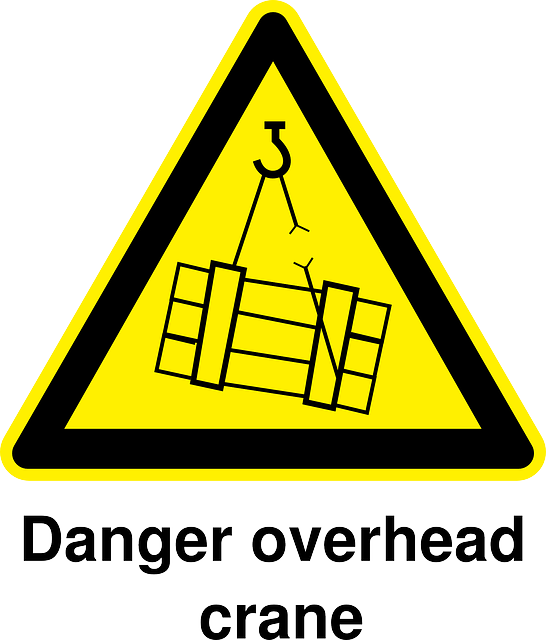Statistics supplied by the OSHA (Occupational Safety and Health Administration) say that a 50% of crane accidents are consequence of the equipment coming into contact with a power source during action, resulting in multiple deaths and injuries for the operator and just anyone in the vicinity. This Safety Article Sponsored by: Concrete Staining Tampa
- Electrical Hazards
Power line contact is the unintentional contact of any metal part of a crane with a high-voltage power line, and the contact frequently ensues when the crane is moving materials close or under energized power lines and the lift line or boom taps one of them.
For avoiding catastrophes like this, it’s vital to establish the person in charge of the pre-job safety plan follow the OSHA and ANSI (American National Standards Institute) outlines for the safe distances operators must maintain from a power source and for the precautions the crane operators should take when working near power lines.
Spaces that are deliberated dangerous are stated to as danger zones, and crane operators should be informed of all possible danger zones.
On the whole, it’s imperative for operators and workers to take the correct preparation to evade danger zones where electrocution can take place.

- Materials Falling
Falling materials is a main worry at any work place using overhead cranes, if materials are not appropriately fortified the load can slide and land on workers in the area or cause great damage to property.
One way to decrease the danger of falling materials is to execute recurring maintenance of hoists. Load testing maintenance guarantees that you know how much weight the hoist can grip, and it aids to preserve good working condition. Aside from maintenance, inadequate securing of the load or the slings that carry the load is one of the principal sources of misfortunes with overhead hoists and cranes. If the load or sling holding the load isn’t properly fortified, the charge can slip out of grasp.
When operating a hoist, correctly trained employees in close proximity should comprehend that they are working in an unsafe area.
Careful operation of the hoist is an additional significant safety factor to ponder whenever overhead cranes are used. The person accountable for handling the hoist should be well skilled and qualified, operators must keep 100% concentration on the chore at hand to evade possibly risky situations. Repositioning the crane too rapidly and shaking the hoist when it’s upholding a substantial load can be dangerous to the crane operator and workers nearby, altering or retreating direction should be done leisurely and prudently, switching direction can make weighty loads to fall, and swaying the load is very unsafe.
- Overloading
80% of all crane mechanical botches can be accredited to outdoing the crane’s operational capability. When a crane is overloaded, it is exposed to structural pressures that might produce irreparable harm.
Overloading usually arises when weakly qualified workers are permitted to operate cranes.
The majority of crane safety programs summarize capable personnel requests for workers and companies to become familiar with them.

Thank you for visiting our site. We hope you are finding a ton of great information. If you have any comments or questions please contact us today. Also if you have any tips to share, please submit your tips to us. If we end up using your tip on our site we will give you full credit. One last thing we ask is that you visit our sponsor Tampa Concrete Staining.
